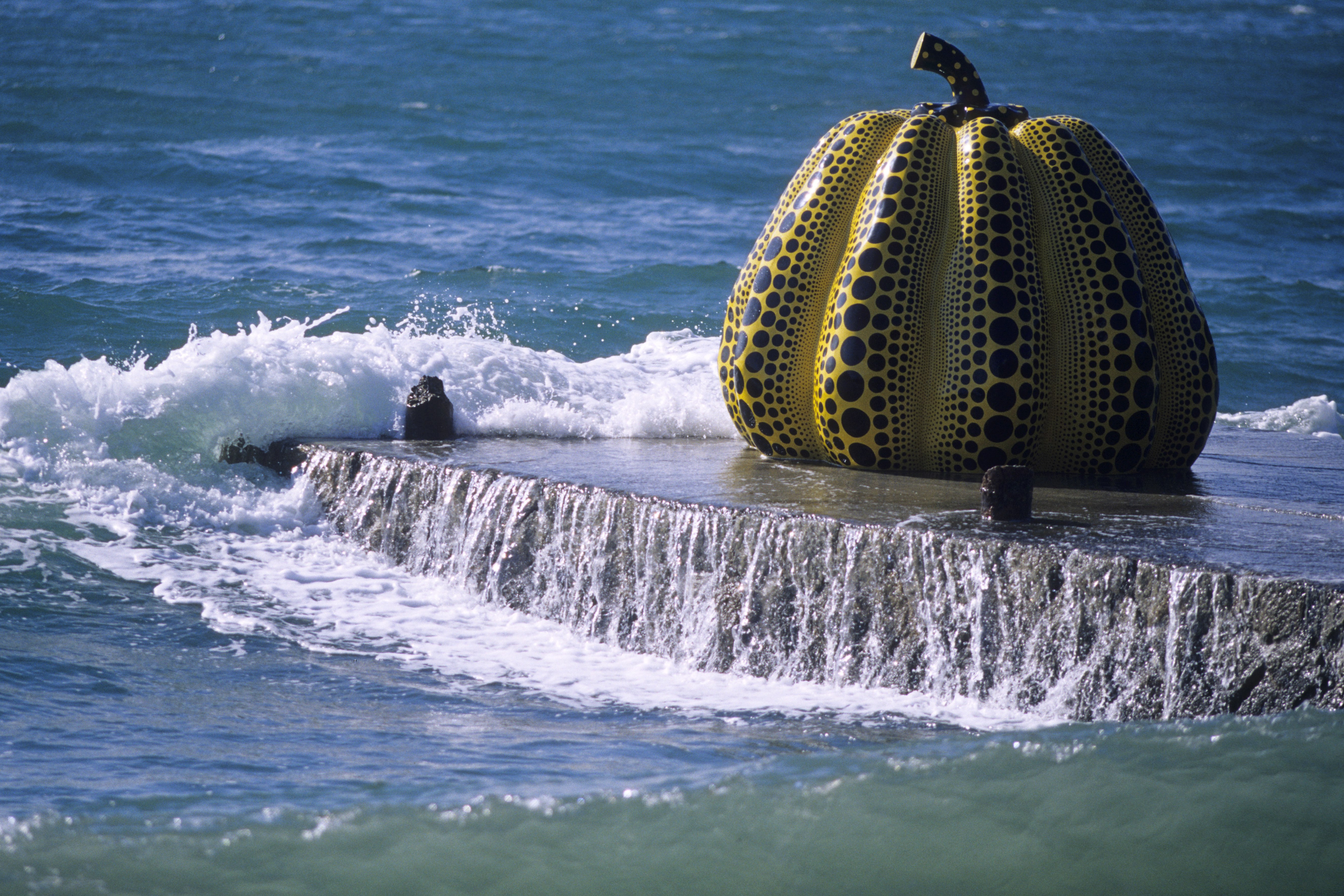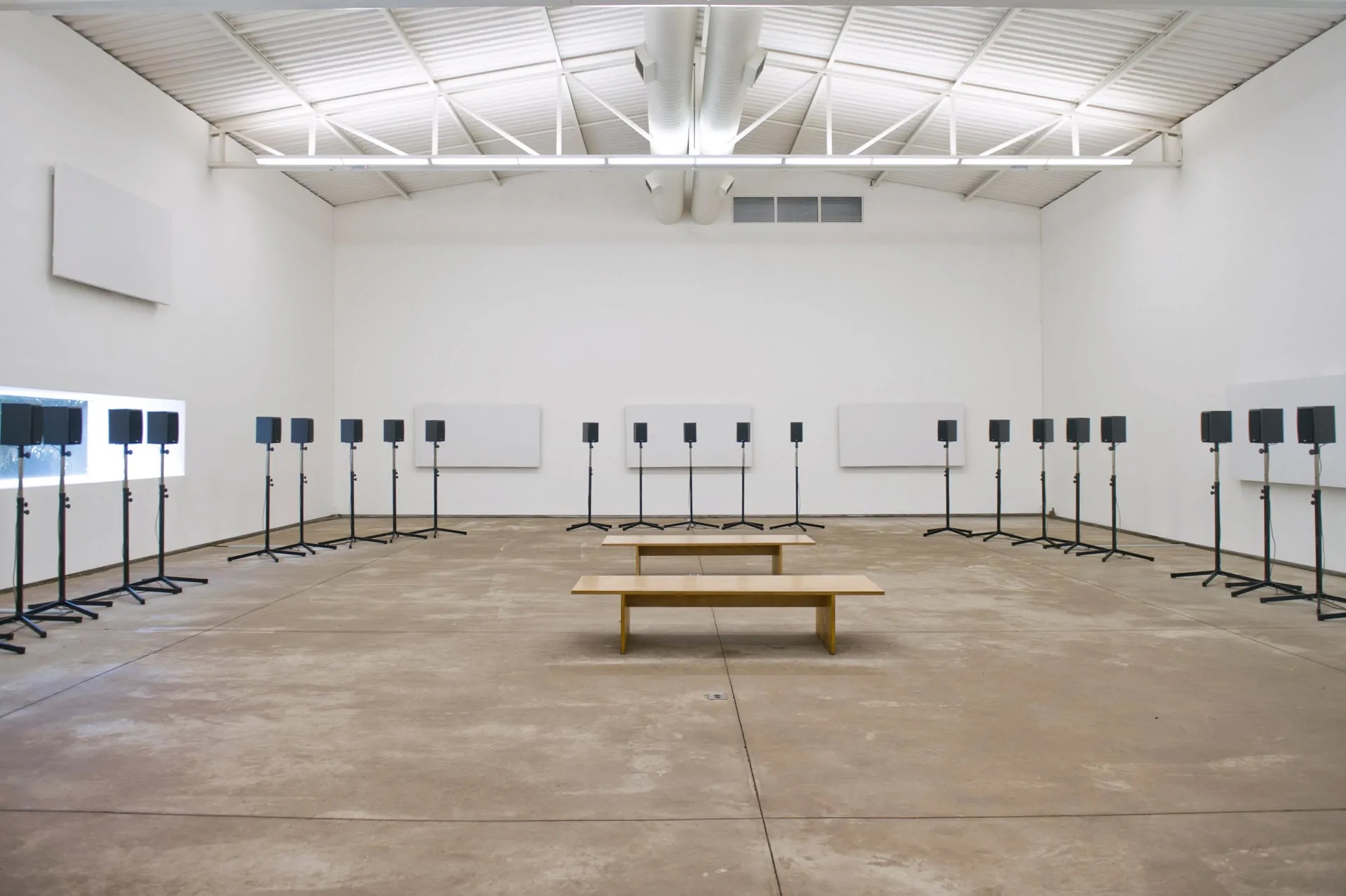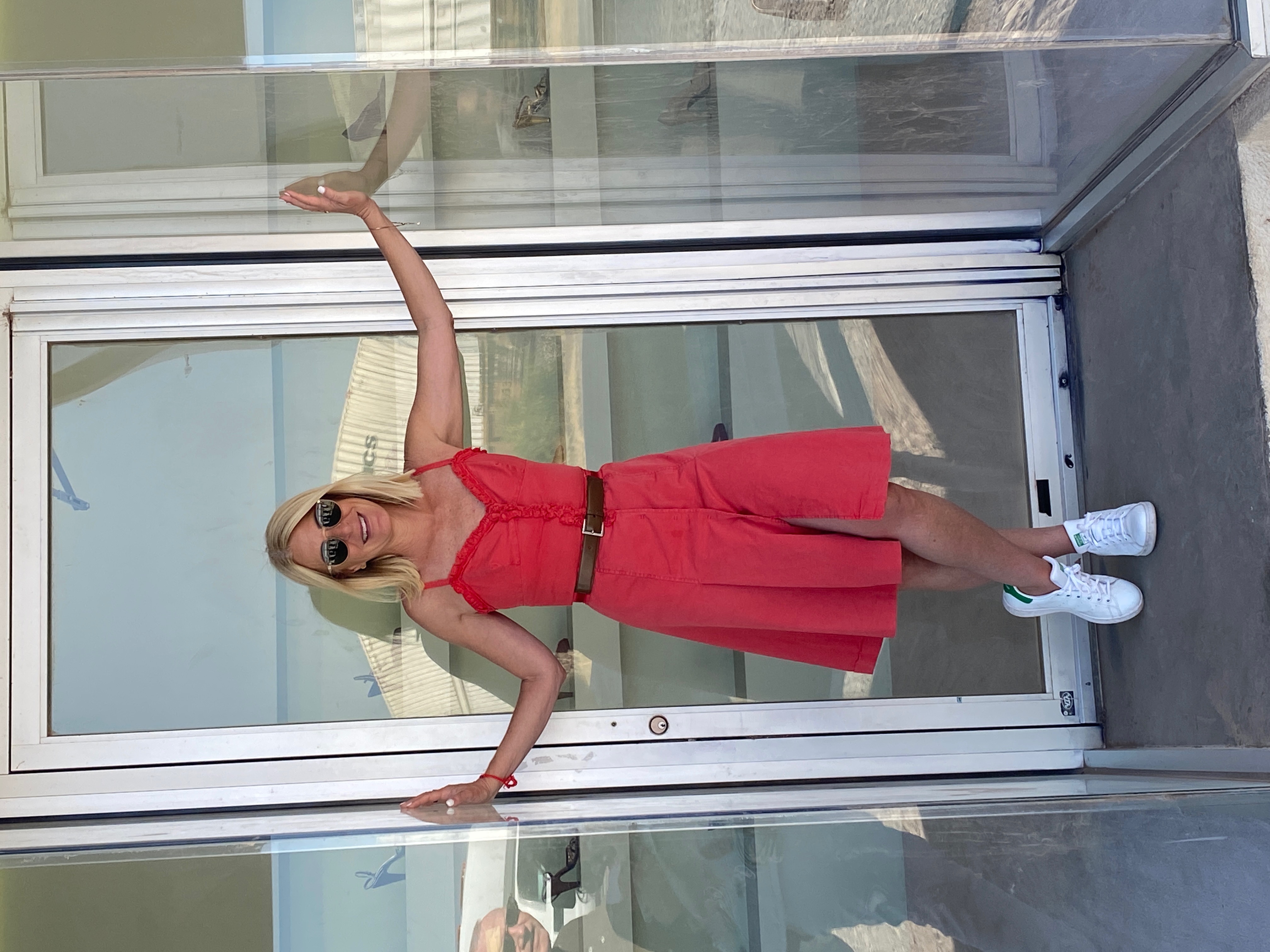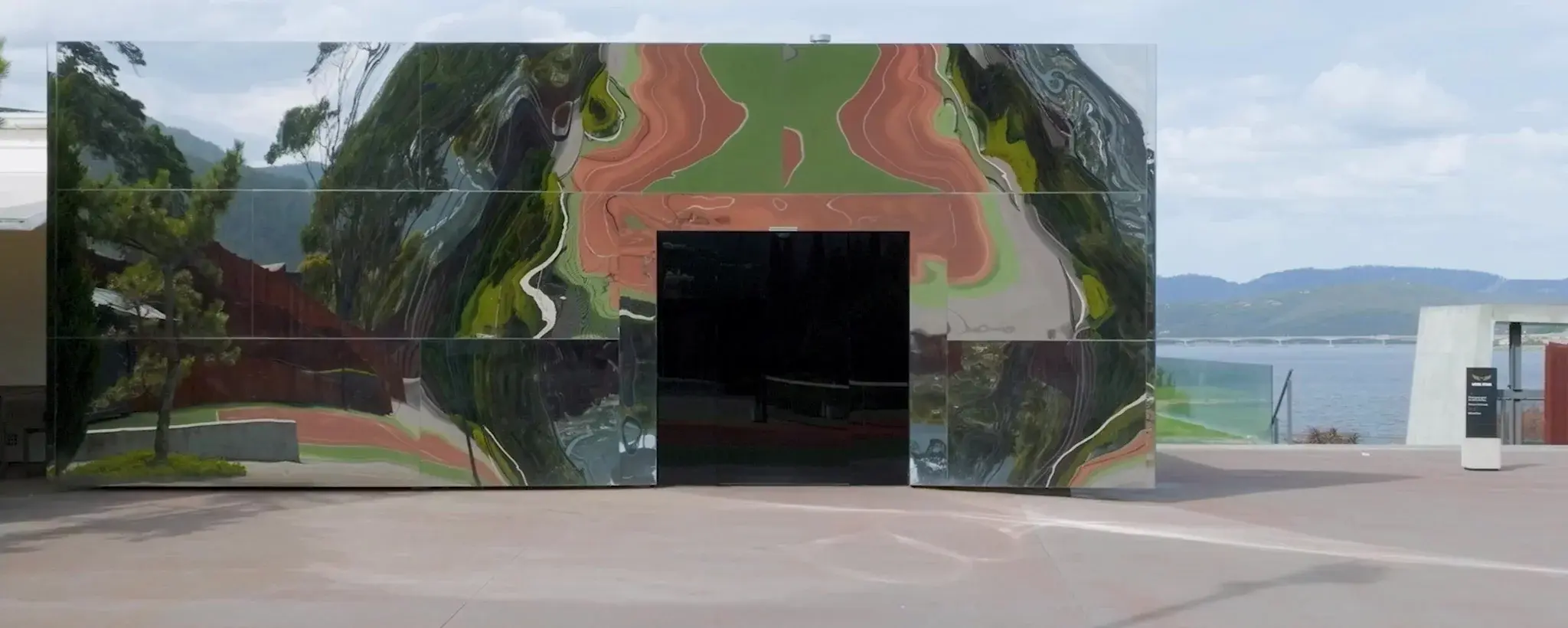
Some art experiences stay with you. Others rearrange your sense of place entirely.
Because of this, I’m sharing five destinations on my art world bucket list—places that don’t just house art but become it. From remote islands to rugged deserts, these are not exactly day trips—but that’s the point. Each invites you to travel not just far, but deep. Into nature. Into architecture. Into ideas. Into art.
Regardless of your being able to start planning a trip to any or all of these destinations, I hope they provide inspiration wherever you are.

Sometimes called the “Art Island,” Naoshima is a rare synthesis of landscape, architecture, and contemporary art. Scattered across the island are museums, installations, and site-specific sculptures—including Yayoi Kusama’s iconic Pumpkin—integrated into the natural and cultural rhythm of the Seto Inland Sea. Tadao Ando’s architecture anchors much of the experience, offering minimalist structures that seem carved out of earth and light. Art here isn’t hung—it’s unearthed. The journey to Naoshima is part of the work itself: multiple trains, a ferry, a walk… and then the feeling that you’ve arrived somewhere sacred. I am often noted for saying that if things “ever get really bad” look for me there on the Sea of Japan in Cao Guo-Qiang’s Cultural Melting Bath installation!

A tropical Eden meets conceptual playground, Inhotim is one of the world’s largest open-air museums. Set deep in the Brazilian countryside, it’s part botanical garden, part contemporary art park, and fully overwhelming—in the best way. Massive pavilions are spread across 5,000 acres, each devoted to a single artist. Doug Aitken. Adriana Varejão. Yayoi Kusama. Olafur Eliasson. Walking through the park, it’s not unusual to go from the rainforest to a neon-lit infinity room in a matter of minutes. Inhotim reminds you that art is not a detour from the world—it’s a return to it. We went back two days in a row and took the entire time to see every installation. While I have seen Janet Cardiff’s installation in other places as well, experiencing her work as the start and end to my visit was incredibly emotionally evocative!


Marfa is more than a town—it’s a mirage. On the high desert plains of West Texas, this once-sleepy water stop has become a minimalist pilgrimage site thanks to Donald Judd’s vision. His legacy lives on at and The Donald Judd Foundation,The Chinati Foundation where concrete and aluminum works interact with the vast sky in ways that feel elemental. And Marfa is also full of contradictions: high-concept art beside cattle ranches, fashion shoots in front of Prada Marfa a “fake” store created by artists Elmgreen & Dragsett, and communal dinners under endless stars. It’s a place where the art isn’t just viewed—it’s absorbed into the landscape.

The Museum of Old and New Art (MONA) is subversive, indulgent, and unlike any other museum in the world. Located just outside Hobart, Tasmania, and accessible by a ferry that doubles as a design experience, MONA is often described as “a subversive adult Disneyland.” Its founder, gambler-turned-philanthropist David Walsh, created it as a provocation. The museum is carved into a sandstone cliff, its galleries spiraling downward rather than upward. Inside: works by James Turrell, Wim Delvoye, and an entire gallery devoted to the concept of death. It’s disorienting, dazzling, and completely unforgettable.

North of Auckland sits Gibbs Farm—a private sculpture park the scale of which is mythical. Richard Serra arcs graze the horizon, Anish Kapoor’s red voids wave across the fields, and gigantic sculptures by artists like Andy Goldsworthy and Maya Lin coexist with… roaming giraffes and emus! Open only a few days a year by appointment, Gibbs Farm is both epic and fantastical. It’s a reminder that some of the world’s most astonishing art exists off the beaten path—and alongside the world’s most astonishing nature.
These five places are hard to get to. That’s what makes them so powerful. The distance is part of the gift. The deeper you go, the more you see.
Which one’s on your list?